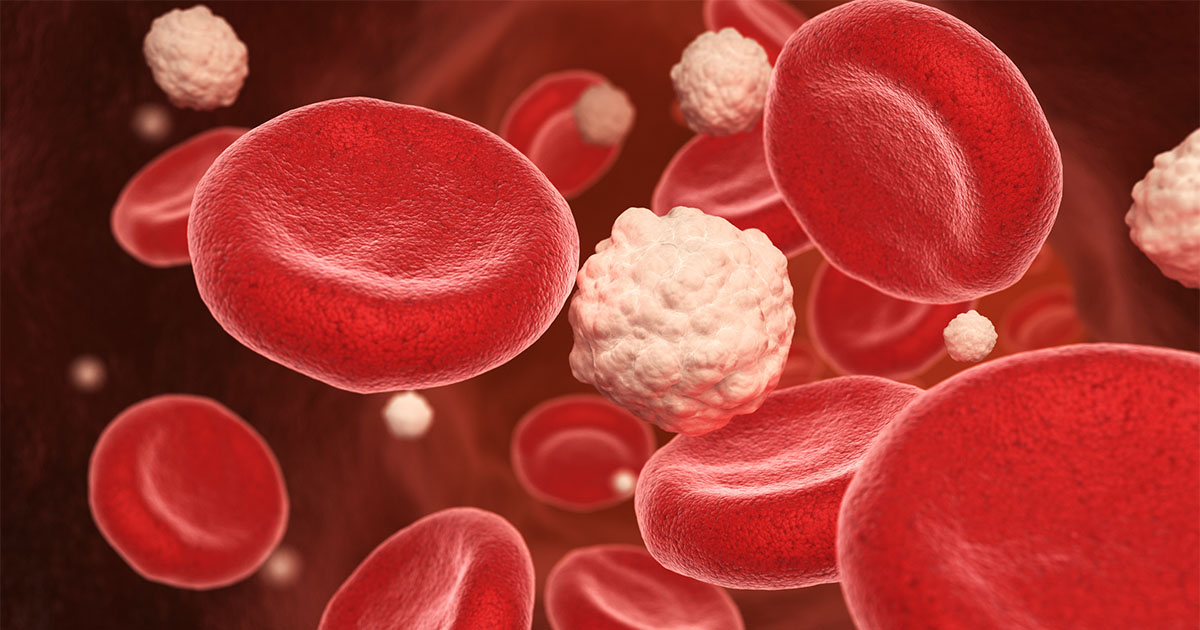Delivering holistic care in the diabetes review
Vinod Patel
Professor in Clinical Skills, Warwick Medical School, and Honorary Consultant Physician, George Eliot Hospital NHS Trust, Nuneaton
People with fewer diabetes care processes completed have higher mortality and complication rates (Holman et al, 2021). Multifactorial intervention reduces short- and long-term complications, as demonstrated in the Steno-2 study (Gaede et al, 1999; 2008). Professor Patel shared his Alphabet strategy, which assists in reminding us of the areas to cover in our review:
A – Advice about lifestyle, including smoking cessation, weight loss, healthy diet, physical activity and sleep.
B – Blood pressure ≤140/80 mmHg, and ≤130/80 mmHg for those with chronic kidney disease.
C – Cholesterol: Newer targets focusing on LDL cholesterol ≤2 mmol/L or a 40% reduction in non-HDL cholesterol for primary prevention; lower LDL targets for secondary prevention; importance of optimising statins and adding other drugs such as ezetimibe.
D – Diabetes control: Glycaemic control ideally <53 mmol/mol; tighter for some groups such as early-onset type 2 diabetes.
E – Eye care: Encourage attendance/follow up non-attendance at retinal screening; optimise glycaemia, blood pressure and lipids to help prevent development and worsening of retinopathy.
F – Foot care: Education; assessment; referral of high-risk feet to podiatry/diabetes foot care team.
G – Guardian drugs: Aspirin for secondary cardiovascular prevention; ACEis/ARBs for renal protection/heart failure/blood pressure; SGLT2 inhibitors and GLP-1 RAs for glucose lowering; SGLT2 inhibitors for renal protection/heart failure; and GLP-1 RAs or SGLT2 inhibitors for established or high risk of atherosclerotic cardiovascular disease.
H – Healthcare professional advice on contraception, driving and Ramadan fasting, as appropriate.
Early-onset type 2 diabetes
Sarah Davies, Pam Brown, Julie Lewis
GP Partner, Cardiff
GP, Swansea
Diabetes Lead Nurse, Llandudno
● There is an increasing incidence of type 2 diabetes in people aged <40 years (early onset has different definitions in different studies).
● There are now more 18–40-year-olds with type 2 diabetes than with type 1 diabetes.
● More common in young people from deprived backgrounds and those of South Asian and mixed ethnic groups.
● More likely to be obese and to be undiagnosed than type 2 diabetes in older people.
● Compared to onset at ≥40 years: higher complications, more cardiovascular disease, higher all-cause mortality and premature deaths, lower rate of care processes. Worse outcomes for pregnancies than in women without diabetes.
● More years of life lost the earlier the onset of type 2 diabetes – 12 years if in teens; 7 years if in 20s/30s; 4 years if in 50s.
● NHS England T2Day funding for enhanced care and longer reviews for this group.
● Consider accelerated glycaemic and multifactorial therapy escalation, with early use of GLP-1 RAs.
● Use QRISK3 Lifetime risk calculator for younger people with type 2 diabetes.
● Remember to include advice regarding cessation for 3 months prior to pregnancy when initiating ACE inhibitors, ARBs, statins, SGLT2 inhibitors or GLP-1 RAs.
● Prescribe 5 mg folic acid pre-pregnancy; ensure retinopathy screening is up to date.
● National Diabetes in Pregnancy Audit shows now more pregnancies in women with type 2 diabetes than type 1; worse preparation rates and higher risk of adverse pregnancy outcomes in those with type 2 versus type 1 diabetes.
● Offer flexible appointments to fit around work schedules.
● Engage, build good relationships, sensitive/supportive weight discussion, address mental health issues, ensure care processes are completed.
Resources
- How to conduct an extended review for people with early-onset type 2 diabetes
- Interactive case study: Early-onset type 2 diabetes in adults
Insulin in primary care
Sian Bodman
Diabetes Lead Nurse, Aneurin Bevan Health Board
● Earlier introduction of insulin can improve symptoms, reduce HbA1c and, therefore, reduce complications.
● If initiating, titrating or prescribing insulin, it is important to have regular safety updates, such as the PCDS Six Steps to Insulin Safety (free and provides CPD certificate).
● Many people initiate insulin, but the dose is not always titrated appropriately to provide benefit.
● Important to use the Right insulin, Right regimen, Right delivery system and Right dose, to fit the person’s lifestyle so that they feel safe with their therapy.
● Consider whether the person has access to food throughout the day and ensure they understand how to test for and treat hypoglycaemia.
● If on basal insulin, titrate using the fasting glucose and agree individualised targets.
● Titrate more slowly in older, frailer people and those with retinopathy.
● If less response than anticipated, check insulin storage, injection technique, injection sites and whether re-suspending properly if cloudy insulin. Revisit lifestyle advice and concordance with other therapies.
● If driving, document advice provided and provide leaflet to support this in writing.
● Continuous glucose monitoring can be initiated in anyone using insulin in Wales (Health Technology Wales, 2021); in England and Scotland, follow NICE guidance.
Resources
- The Six Steps to Insulin Safety – free PCDS e-Learning module
- How to minimise insulin errors
- How to calculate the amount of insulin to prescribe per month
- How to support best practice injection technique
The “Five S’s”: The benefits of 24-hour physical behaviour activities for people living with type 2 diabetes
Sarah Davies
GP Partner, Cardiff
Sitting: Improve cardiometabolic risk profile by interrupting sitting with 3 minutes of light walking or simple resistance exercises every 30 minutes.
Sweating: Regular exercise is as effective as a blood pressure tablet (Naci et al, 2018). Overall, isometric exercise training is the most effective method, but all modalities are effective (Edwards et al, 2023).
Stepping: Increasing daily step count and intensity improves mortality and morbidity, with peak effects at around 10,000 steps per day (Del Pozo Cruz et al, 2022). No minimum step count for benefits.
Strengthening: Early-onset frailty is increasingly associated with type 2 diabetes (due to sarcopenia, multimorbidity). However, exercise (particularly resistance exercise) counteracts this deterioration in physical function. Weight loss alone may reduce physical function; adding resistance and aerobic training preserves muscle mass and improves physical function.
Sleep: Quantity, quality and timing of sleep are all associated with cardiometabolic risk: see Diabetes Distilled for more details. There are benefits to discussing sleep in our consultations.
Resources
- At a glance factsheets: Lifestyle Discussions series
- How to recommend physical activity to people with diabetes safely
- Diabetes Distilled: Optimising sleep – simple questions and goals
Masterclass: Continuous glucose monitoring: The “next generation”
Julie Lewis
Diabetes Lead Nurse, Llandudno
● Continuous glucose monitoring (CGM) technology is developing at rapid pace, and new functionality has been introduced.
● To reduce workload of prescribing in primary care:
- Education for self-management is key.
- Send links via practice communications (e.g. Accu-Rx) to complete training prior to initiation.
- Make use of manufacturer support with education and initiation.
● Access to back-up fingerprick self-monitoring is still required.
● CGM review within an individualised plan of care can improve safety and stability of glucose control.
● PCDS e-Learning modules are in development – expect soon!






Risk ratios of 1.25 for autism spectrum disorder and 1.30 for ADHD observed in offspring of mothers with diabetes in pregnancy.
18 Jun 2025